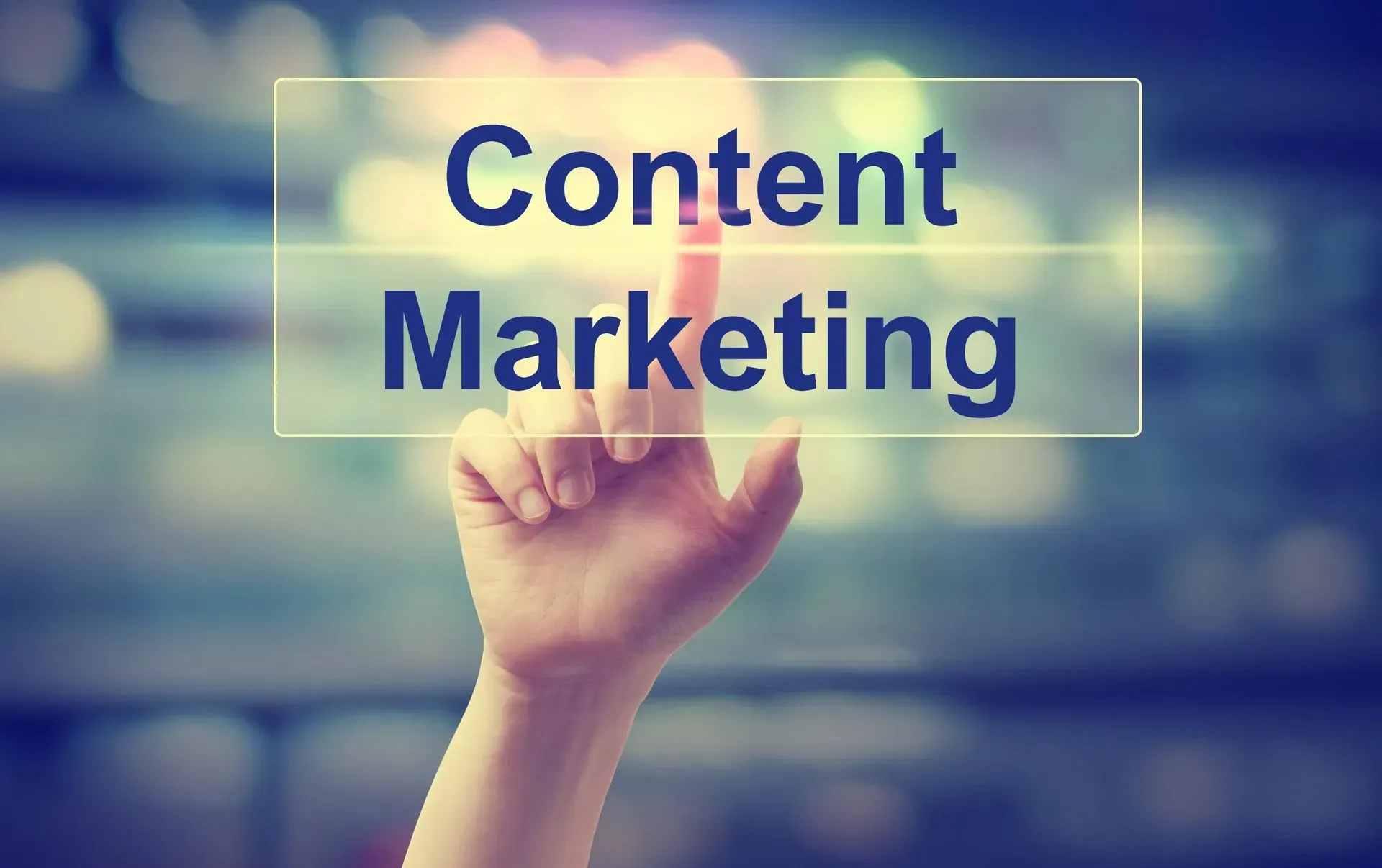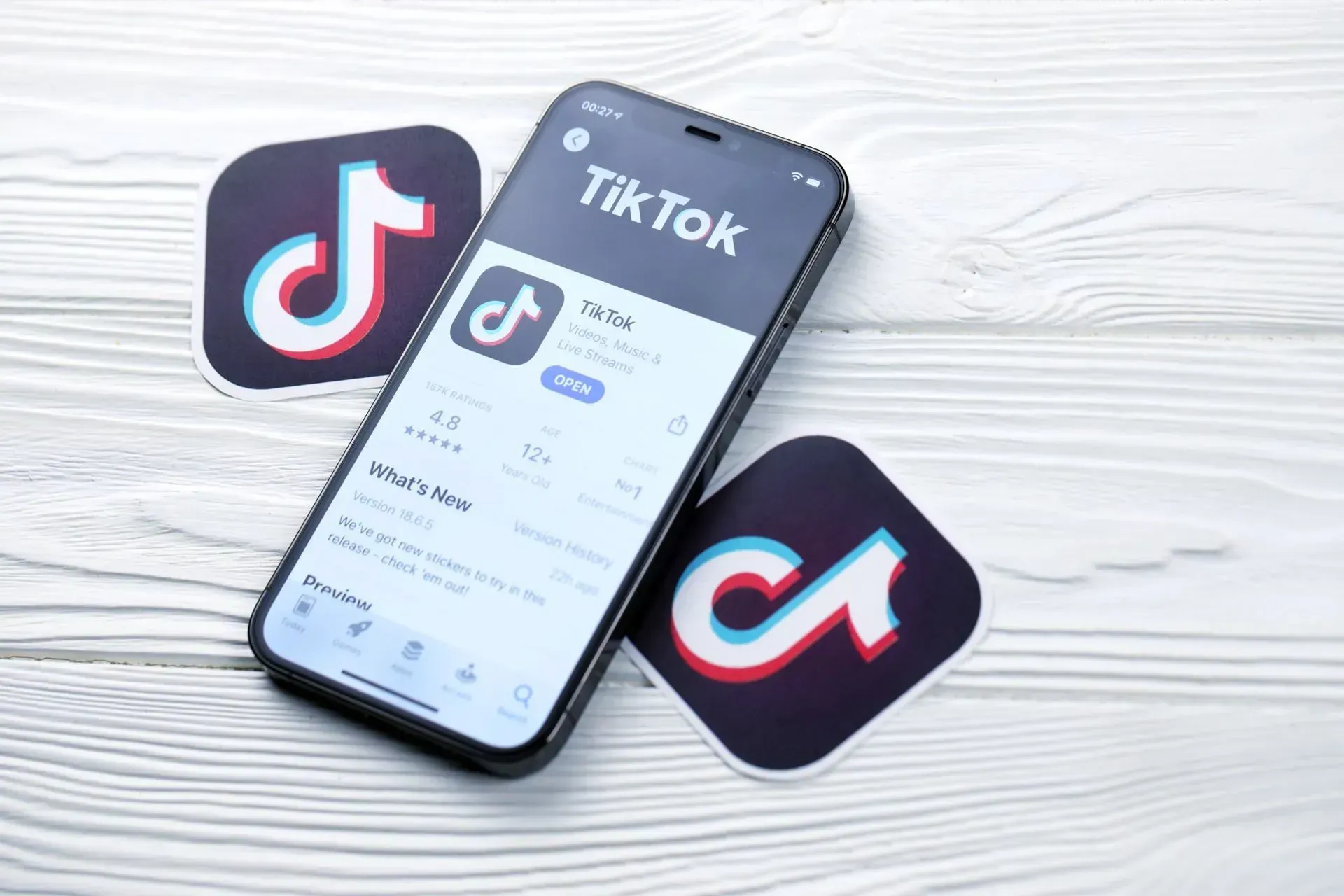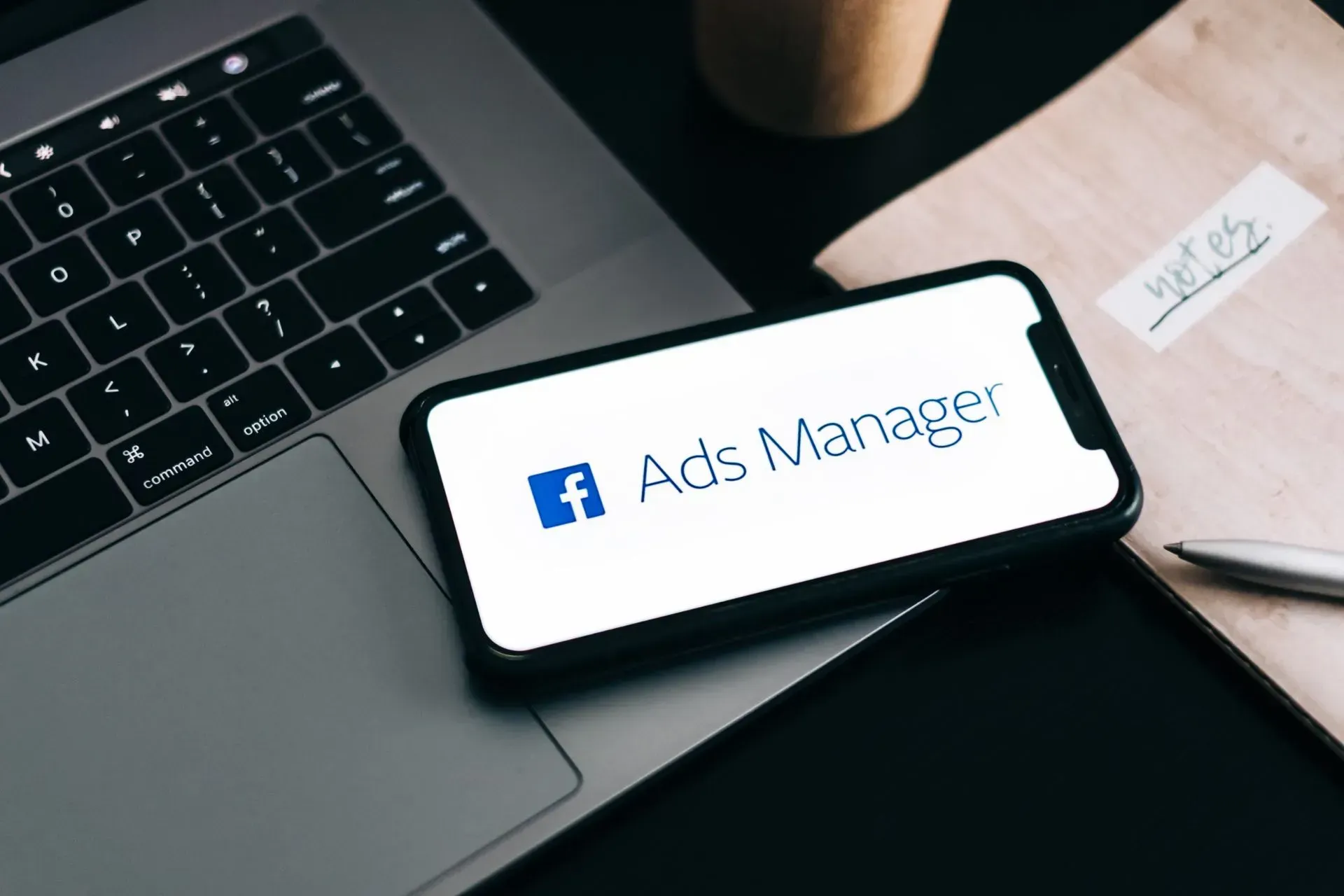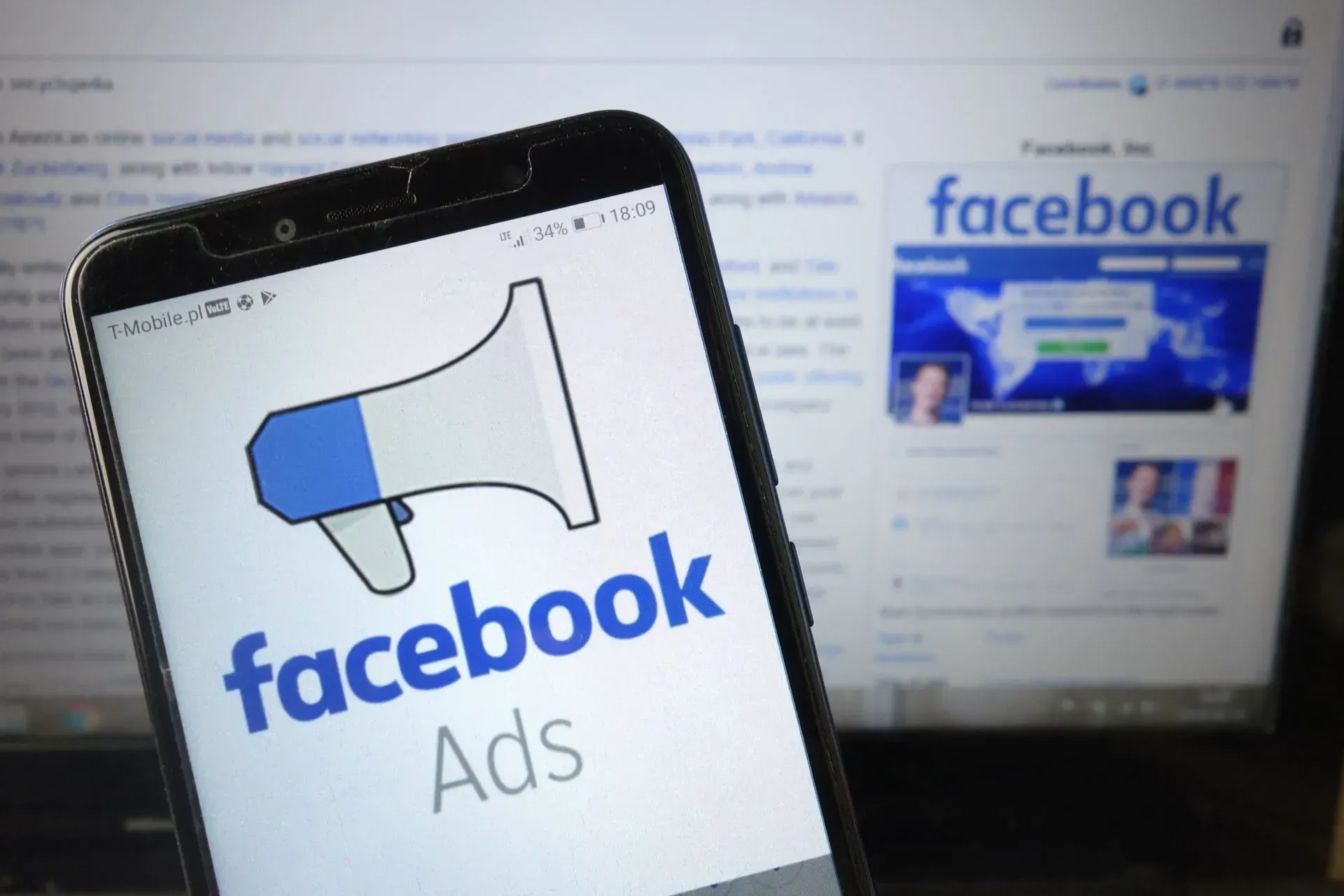A Beginner-Friendly Guide to Google Ads for 2024: Small Business Owners Edition
Google Ads stands as a beacon for small businesses, drawing in potential customers with its targeted precision. For the uninitiated, venturing into the realm of Google's advertising platform can seem daunting.
However, with a comprehensive guide tailored to your needs, you can harness the power of Google's ad offerings.
This guide is designed to demystify Google Ads. By the end, you'll be equipped with the knowledge to take your small business to new heights through one of the most influential advertising platforms on the internet.
Understanding Google Ads
Google Ads is Google's flagship advertising product, which allows businesses to create online ads to reach audiences. These ads often appear in Google's search results, or are seen on websites across the internet through its vast network of advertising partners.
What makes Google Ads particularly attractive is its extensive reach and the ability to be highly targeted, ensuring that your message is being delivered to the right people at the right time.
How Do Google Ads Work?
The Google Ads platform operates on a pay-per-click (PPC) model, meaning you only pay when someone clicks on your advertisement. The Google Ads auction system is key to understanding how this model works.
When a user performs a search, Google checks which advertisers are bidding on the keywords related to that search. It then runs an auction to determine the order in which the ads will be displayed.
Types of Google Ads
Google offers several types of ads, each designed to meet different advertising goals:
- Search Ads: These are the text ads that appear above or below the organic search results when a user performs a search on Google.
- Display Ads: These are image or video ads that appear on websites, within apps, or alongside YouTube videos.
- Video Ads: These are short video clips that play before, during, or after the main video on YouTube.
- Shopping Ads: These ads include a photo of your product, a title, the price, a store name, and more, and they can show up when someone is looking to buy a product on Google.
- App Promotion Ads: These ads help your app become a popular download - or re-engagement - giving you the opportunity to convert at the highest level.
Each ad type has its own set of features and best practices, which we'll explore in more detail as we progress through this guide.
Setting Up Your First Google Ads Campaign
Creating your first Google Ads campaign requires thoughtful planning and attention to detail. It’s a step-by-step process that involves defining your goals, selecting your audience, choosing where your ads will be seen, and setting your budget and bids.
Steps to Launch Your Google Ads Campaign
- Define Your Advertising Goals: Start by understanding what you want to achieve with your Google Ads. Whether it's increasing web traffic, generating leads, or driving sales, having a clear goal will shape your campaign strategy. Learn More
- Set Up a Google Ads Account: If you haven't already, create your Google Ads account. Follow the step-by-step setup process, which will guide you through creating your first campaign.
- Research Keywords: Use Google's Keyword Planner to find keywords related to your business. These are the terms your potential customers are searching for, and you'll bid to appear in these searches.
- Select Your Campaign Type: Choose the type of Google Ad campaign you want to run based on your goals. Each campaign type serves different purposes.
- Create Your Ad: Write your ad copy or design your visual ad based on the campaign type. Ensure it's compelling and clearly conveys your value proposition.
- Launch Your Campaign: Once you've set everything up, launch your campaign. Monitor its performance closely using Google Ads' dashboard to make adjustments as needed.
- Optimize Your Ads: Use the insights from the performance data to optimize your ads. This could involve adjusting your bid, refining your target audience, or modifying your ad copy. Continuous optimization is key to improving your Google Ads' effectiveness.
By following these steps, you'll be well on your way to creating a successful Google Ads campaign. Remember, success with Google Ads requires patience and ongoing optimization to achieve your business objectives.
Targeting the Right Audience
Pinpointing your target audience is crucial in the success of your Google Ads campaigns. Google Ads provides various ways to do this, allowing you to reach people who are likely to be interested in what you offer based on their online behavior.
Understanding Audience Targeting Options
With Google Ads, you can target your audience using the following methods:
- Keywords: Target specific keywords that are relevant to your business or niche.
- Demographics: This includes age, gender, parental status, and household income.
- Affinity Audiences: Reach users who have demonstrated a high degree of interest in a particular product category.
- In-Market Audiences: Reach users who are actively researching or comparing products or services related to your campaign.
- Remarketing: Show ads to users who have previously visited your various web pages or used your mobile app.
- Similar Audiences: Expand your reach to users who are similar to your existing site visitors, app users, or customer lists.
Tips to Effectively Reach Your Target Market
- Conduct thorough market research to understand your customers’ preferences and online behavior.
- Test different audience targeting options to see which ones deliver the best results.
- Use the data from your analytics to refine your targeting and tailor your ads to the audience that’s engaging with your business the most.
Creating Compelling Ads
Crafting ads that capture attention and drive action is an art form, and with Google Ads, it's also a science. There are best practices to follow that can significantly increase the effectiveness of your ads.
Best Practices for Ad Copy
When writing ad copy, keep the following tips in mind:
- Use a call to action (CTA) to encourage users to take the next step, such as “Shop Now” or “Sign Up Today.”
- Highlight what sets you apart from the competition, your unique value proposition.
- Include relevant keywords in the headline and description to improve your ad's relevance to the search query.
- Test different variations of your ad to see what resonates with your audience and drives the best results.
Using Images and Videos in Your Ads
If you’re running Display or Video campaigns, visual elements are absolutely critical. Here are some guidelines to ensure your visual content is top-notch:
- Use high-quality images and videos that are relevant to your ad and of professional quality.
- Ensure visuals are eye-catching and will stand out on the page.
- Always include your business logo to help with brand recognition.
- Comply with Google’s image and video ad policies to avoid your ads being disapproved.
Monitoring and Optimizing Your Campaign
A successful Google Ads campaign doesn’t end with the launch. Continuously monitoring and adjusting your campaign based on performance data is essential for ongoing success.
Tracking Performance Metrics
It’s important to regularly review your campaign’s performance using the reporting tools available in Google Ads. Key metrics to look at include:
- Click-through rate (CTR): How often your ad is clicked on after being shown.
- Conversions: The number of times a user completes your desired action, such as making a purchase or signing up for your newsletter.
- Cost per conversion: The total cost of your ads divided by the number of conversions.
Optimizing for Better Results
Based on the metrics you track, you can make informed decisions to optimize your campaign. This might include:
- Adjusting your keywords based on their performance.
- Testing different ad variations to see what works best.
- Tweaking your bidding strategy to achieve a better return on investment (ROI).
- Pausing or removing underperforming keywords or ads.
Budgeting and Cost Management
Google Ads can be cost-effective, but it can also get very expensive if you’re not careful. Managing your budget effectively is key to maximizing your return on investment (ROI).
Strategies for Maximizing Your Budget
- Start with a modest budget and scale up as you identify what’s working well.
- Use Google’s forecasting tools to estimate the traffic you can expect at different budget levels.
- Focus on high-performing keywords and ads to make the most of your budget.
Minimizing Costs
- Use the AdWords’ bidding strategies to automate your bidding and get the most value for your money.
- Continuously monitor your campaigns to identify any wasteful spending and adjust as needed.
- Make changes to your campaigns incrementally to ensure you can isolate the impact of each change.
Conclusion
Venturing into Google Ads may feel overwhelming at first, but with the right knowledge and tools, you can transform your small business's online presence. Remember, the key to successful advertising on Google lies in constant learning and adaptation. By using the insights and tips provided in this guide, you're well on your way to running effective ads that drive traffic, engagement, and, ultimately, growth for your business.
About Master Marketing Firm
Master Marketing Firm is a leading digital marketing agency dedicated to helping businesses of all sizes enhance their online presence and gain a competitive edge. With extensive experience in the industry, we provide top-notch services ranging from search engine optimization (SEO), social media management, content marketing, and much more.
Our team of marketing experts is committed to staying updated with the latest industry trends and techniques. Trust Master Marketing Firm to take your online marketing to the next level. Contact us at
bob@mastermarketingfirm.com or give us a call on
813-493-8000 to learn more about our
services and how we can help your business grow.












